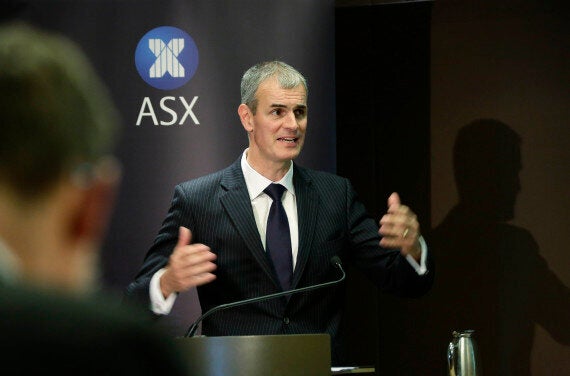
Work smarter, not harder. It’s the mantra that launched a million self-help books and motivational speaking seminars -- and leading Australian employees hope it will help them attract the best and brightest of a young workforce with flexible work arrangements.
ANZ Bank and the Australian Stock Exchange are just two of the country’s big-hitters that have recently given their employees the option of flexibility in work schedules and guidelines. Workers can apply to change their work hours or even the place they work from, for a variety of reasons -- from childcare or eldercare responsibilities, sickness or disability, to employees wanting to take language lessons or a gym class.
“It’s a re-evaluation of how work is done. Programs come and go, but this is something that should be embedded as the new normal,” Susie Babani, ANZ’s Chief Human Resources officer, told The Huffington Post Australia.
“The old way of work, of getting in at the crack of dawn and thinking you can’t be working unless you’re at the office, is alien now.
"We need to be thinking about what we pay people to do, which is deliver results. Does it matter if that’s at home or at Starbucks? At 8pm or 6am? Probably not.”
Flexible working was high on the agenda at an event held in Sydney by Male Champions For Change, a corporate group pushing for gender equality in the business sphere.
The group reported 100 percent of its member corporations -- which include QANTAS, Rio Tinto, Commonwealth Bank and Woolworths -- have flexible work strategies, including Telstra, whose flexible work program was an Australian-leading initiative.
Babani said ANZ employees negotiate with their managers to adjust work schedules and locations, and claimed 87 percent of the company had made use of the program. She said the “all roles flex” initiative, formally implemented earlier this year after a period of informal flexibility, aimed at coaxing young people into working for the bank.
“Millennials and Gen Y, they’re very different from other groups in a work perspective. The concept that you go to a place to work, then another place to play, is alien to people with technology at their fingertips,” she said.
“Life doesn’t always go to plan, so we need to recognise flexible working is something to be open to. Kids get sick, parents might need care, but also things for people who don’t have families but have other interests.”

Managing Director & CEO of ASX, Elmer Funke Kupper, wants personal briefings if a worker is denied flexible working (Fairfax Media/Jessica Hromas)
Lisa Green, group executive of human resources for the ASX, said at least 28 percent of the company operates under a flexible work arrangement, while 89 percent of employees had been provided with devices that allow them to work remotely or from home.
“Our system is designed to assume all employees are eligible for flexible work arrangements. We’ve reversed the burden of proof -- the assumption is that if they ask for flexibility, they get it,” she said.
“If there is a situation where flexibility has been declined, Elmer [Funke Kupper, ASX CEO] wants to be personally briefed.”
Babani said the ANZ strategy was about “mainstreaming” flexibility, or making it clear to workers that it was not just about leaving early or coming in late to look after family.
“It’s not just for women with kids. It’s for men, older people, young people, and for all sorts of reasons. You might want to go to a gym class in the afternoon, or play sport, or your kid might be in the school play,” she said.
Green, too, said ASX’s “all roles flex” program was not restricted merely to those with family considerations.
“It was designed to ensure when we talk about women in the workplace, that it’s not a situation where women choosing to have a child then end their career,” she said.
“We’re extremely proud the initiative has been received well, and around 53 percent of those using it are men.”